John Hurrell – 15 May, 2019
The two shows are an odd and troubled pairing of oppositions because the eighty butted-together rectangular photographs (shot with an amateur film camera) are in an encircling row, but deliberately sequenced and never in isolation. On the other hand, the gorgeous moving video shots of the wild landscape in Devon (in South West England)—and a few of Hipkins' family history—are regularly broken up with pale grey ‘blank' screens: a buffering device that prevents any flow or fluidic sense of continuity.
Gavin Hipkins’ brand new video installation, The Valley, accompanies his touring photographic The Homely II exhibition, being in an adjacent gallery on the same Te Uru floor.
The two shows are an odd and troubled pairing of oppositions because the eighty butted-together rectangular photographs (shot with an amateur film camera) are in an encircling row, but deliberately sequenced and never in isolation. On the other hand, the gorgeous moving video shots of the wild landscape in Devon (in South West England)—and a few of Hipkins’ family history—are regularly broken up with pale grey ‘blank’ screens: a buffering device that prevents any flow or fluidic sense of continuity. This as an editing device, chops into the dominant comfortable rhythm, making it stop start; stop start; a kind of slow and irritating convulsive stutter.
With The Homely II (a mingled assortment of coloured ‘uncanny’ images taken in the UK and Aotearoa) I wanted—as viewer—to make my own groupings, throw out the dull ones (about a third) and showcase the brilliant items by giving them lots of wall space, air and good company. As a ‘frieze’ the disjointed nature of its image juxtapositions is exasperating because obvious possible thematic groupings were deliberately thwarted in favour of various narratives like tourism, colonial ties and landscape conventions.
The Valley in comparison cries out for propulsion—momentum within some cohesive unification—for any driving energy inherently within the sequencing of shots is not allowed to take off.
In this fourteen minute video, the romantic images of rippling streams, vertical waterfalls, dramatically fissured anthropomorphic rocks and turbulent wispy skies-in very restrained colour—are accompanied a voiceover: sections of Sir Arthur Conan Doyle’s Sherlock Holmes story The Hound of the Baskervilles (set in Dartmoor in Devonshire) read in a lilting manner in a voice that to my New Zealand ears sounds more Welsh than a West Country accent, and in its flat tone obviously read rather than having a sense of being spontaneously spoken.
The filmed flickering landscapes however, with their pink or purple washes, streaming but spiky sunlight, normal black/white, flipped over arboreal negatives and bleached out wild grasses, are engrossing—and vaguely amusing with their hint of psychedelia. The movement of wind-tossed leaves, reflecting water or agitated clouds is beautifully understated. That the flow of Hipkins’ sensual treatments is blocked by the blank insertions, is possibly a reference to Conan Doyle’s varied literary methods in his novel: the source of quotations that are mystical and ‘ancestral.’
It makes sense there is no music (emotionally manipulative or otherwise) with these landscape images (even with silence and movement they stir eloquently on their own) so while the voiceover is a tad stilted, Hipkins’ compelling shots of Devon’s moors are well worth a trip to Titirangi. More interesting I think than the line of photographs next door.
John Hurrell
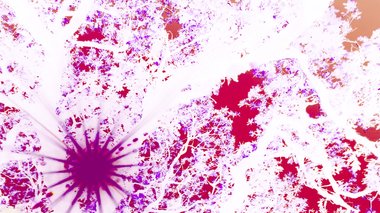
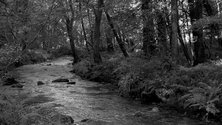
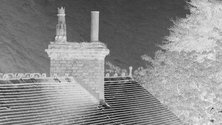

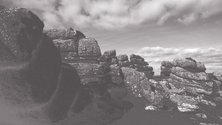
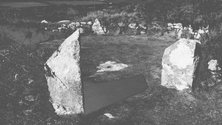
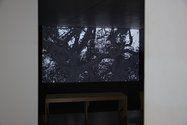
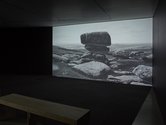
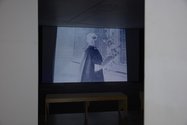
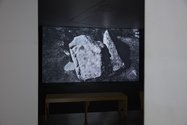
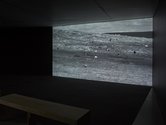
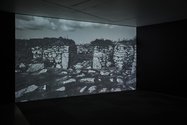

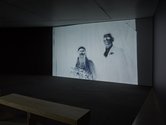
 Advertising in this column
Advertising in this column Two Rooms presents a program of residencies and projects
Two Rooms presents a program of residencies and projects



This Discussion has 0 comments.
Comment
Participate
Register to Participate.
Sign in
Sign in to an existing account.